ERP Systems: Cloud Vs. On-Premise Vs. Hybrid. What is the Difference?
Category: SAP Posted:Mar 08, 2019 By: Ashley Morrison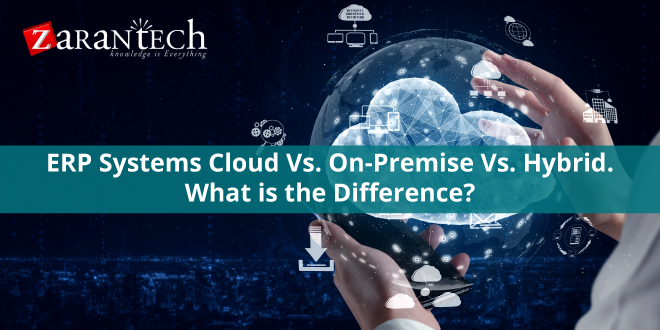 Every story of evolution begins, continues, and ends with change. Be it humans or nature or machines. The tale of Enterprise Resource Planning (ERP) is no different from any story of evolution. Even before humans started describing and defining a business, we have been carrying on business activities in the form of trade and commerce. The one thing that does not change in humans is to change itself. No wonder there was an evolution; it had to happen as humans never stop evolving. This feature has apparently assimilated into everything humans do, including businesses we do. The businesses we do and the way we do it kept changing or should we say kept evolving. The human population kept increasing, their needs kept growing, and so their business activities also kept growing accordingly. The advancement of technology added to their business grows exponentially. This growth induced growth in competition too. When there are many things to be done repeatedly, and if all the things to be done are interlinked, then we need to get organized, and form routines. We’ll have to do this so that we can do the many things smoothly without any fumbles or obstacles. For any business fumbles and obstacles mostly brings losses. Therefore, ERP came to be most widely used by businesses.
Every story of evolution begins, continues, and ends with change. Be it humans or nature or machines. The tale of Enterprise Resource Planning (ERP) is no different from any story of evolution. Even before humans started describing and defining a business, we have been carrying on business activities in the form of trade and commerce. The one thing that does not change in humans is to change itself. No wonder there was an evolution; it had to happen as humans never stop evolving. This feature has apparently assimilated into everything humans do, including businesses we do. The businesses we do and the way we do it kept changing or should we say kept evolving. The human population kept increasing, their needs kept growing, and so their business activities also kept growing accordingly. The advancement of technology added to their business grows exponentially. This growth induced growth in competition too. When there are many things to be done repeatedly, and if all the things to be done are interlinked, then we need to get organized, and form routines. We’ll have to do this so that we can do the many things smoothly without any fumbles or obstacles. For any business fumbles and obstacles mostly brings losses. Therefore, ERP came to be most widely used by businesses.
The birth of ERP systems: The story begins even before ERP came to be known as ERP. In the early 1960s, particular applications like automation of cumbersome financial computations started using software to perform their business activities. Manufacturing became popular. That is when Materials Resource Planning (MRP I) systems were developed for controlling inventories and linking them to production schedules. They then evolved into MRP II and MRP III systems, when a group of processes had to be optimized. A typical group of processes now contained manufacturing processes that had to be integrated with accounting functions and customer ordering data. With further advancement in technology, fully cross-enterprise systems evolved, and that was the birth of ERP as we now know it today.
Evolution of ERP systems
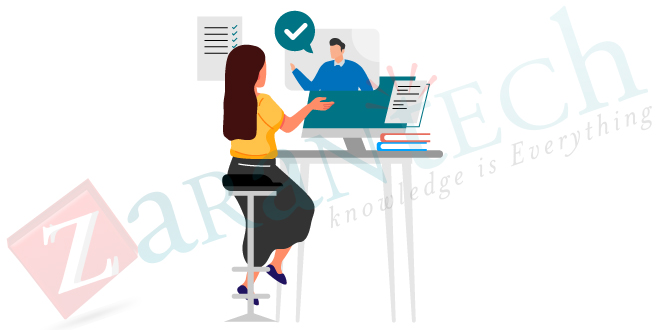
Initially, ERP was started as an off-the-shelf solution which made collaboration and data management easy. ERP continued to evolve into multi-module commercial packages that were customized and were able to take ‘add-ons’ as and when required. As the technology brought in the involvement of data whose volumes kept increasing, the ERP systems started coming under increased pressure. To ease this pressure and to make the collaboration, data management, and customization better, ERP was redesigned such that it could function over the internet, intranet, and extranet seamlessly.
The basic models had servers that allowed resources, like databases, to be hosted in central locations.
These resources could now be distributed to other locations in a client/server environment like PCs connected to centrally located servers by networking devices. A client/server architecture has further evolved to distribute more, even using mobile devices globally. The Modern database systems are now used that allows direct access of data from databases using structured query. The modern mechanisms enable concurrent access of database, stored procedures to enforce business logic triggers to initiate actions and security to limit user access to chosen features of the database. This avoids loss or escape of data.
The ERP systems today: ERP has changed considerably over the years to become more advanced than ever before. It has now evolved into tools that are multi-faceted and versatile. Small, medium and large organizations take the help of these tools to run their business. Currently, ERP systems are evolving even more. They stay in-sync with changing technologies by focusing on utility and innovation. The users now get a more comprehensive experience on social, mobile, and cloud platforms. The users have different proprieties now, to address these ERP has become than just a changing technology. It has become a single solution that gives a competitive edge to businesses.
The new technology leaders want to figure out what is needed to move their focus to the greatest and latest tools that appeal to their business users. They want to achieve this by getting minimally and hitting the market successfully. The seasoned veterans wish to figure out how to improve their systems. They want to accomplish this by keeping up with the latest technologies without starting their processes from scratch. ERP now provides one solution that addresses the requirement of newer technology leaders and seasoned veterans. Today’s ERP reinvented itself to address pain points as well as the latest technological advancements.
Next-Gen ERP
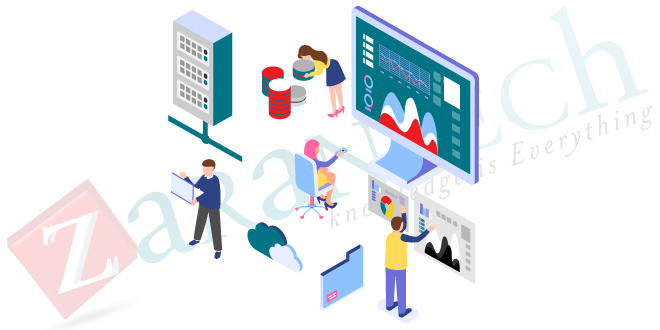
The next-Gen ERPs are the force behind numerous new technologies that are more flexible, more responsive than ever before. That makes them very omnipresent. The next-Gen ERP systems work in a way that no one has experienced before. They can be easily used and collaborated with social, mobile, and cloud platforms. Improvement in compression, storage and memory costs has made big data more manageable. Now, internal and external data feeds can be analyzed and processed in real-time using distributed computing. It is also easier to gain insight and value from the data collected by businesses. Generating a return on investment has become more reliable. Automation has increased efficiencies and reduced administration. The complex business structures have improved visibility that helps with compliance and gaining oversight for businesses.
The ERP systems are shifting from automation models to agile models. The systems are becoming more adaptable to keep up with the growing and ever-changing businesses.
An example of a next-gen ERP is the Sage ERP X3 versions 7. This ERP system allows businesses that want to expand internationally or collaborate with partners to adapt and connect to the world around them. This ERP software is decision orientated, web-centric, open tool, which extends ERP capabilities, supports faster decision making and enhances productivity. It Supports up to 2,000 users.
Future of ERP systems: According to experts, such systems will be even more important in the future. The ERP systems will need to support service interactions, deal with big data and anticipate growth. It also needs to be built for external integration. The future ERP systems must give solutions that can be integrated with high architectural flexibility. It should be able to have applications that generate and transmit documents in multiple formats such that businesses can upgrade their systems whenever they want without changing the entire ERP system. It must also allow users to maintain essential links to other applications.
The system’s architecture must give maximum flexibility while the system adopts cloud-based solutions. The ERP system should be able to maintain the security of critical data on-site as well as its financial management system.
Simultaneously, it should also benefit from cloud-based innovative applications like time management and attendance that can be quickly deployed at low cost.
If required businesses must be able to upgrade applications without the fear of inducing effect in other applications, it must also be able to upgrade applications in the deployment or testing phases on the cloud-based platforms. The future ERP systems must provide hybrid environments that possess freedom of choice, flexibility, and comfort in line with the various needs of businesses.
Cloud ERP system
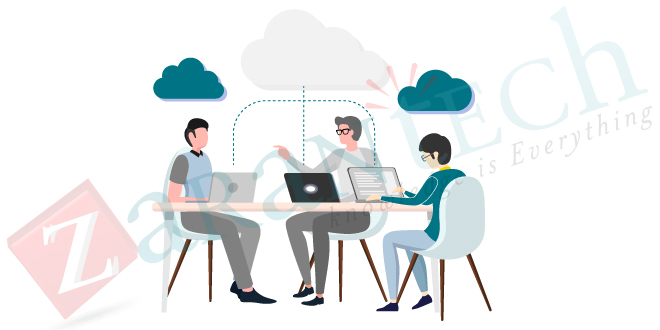
The cloud ERP system can be public or private. A public cloud ERP system is an ERP system where the IT resources are available online by an external service provider. The resources are not available internally for this option. In case of a cloud ERP system, business will lease the ERP system with associated licenses. The business will pay fees only for the use of a specific functional area. In other words, we need to pay only for the resources we use. This way we can avoid the expensive untapped capacity, we aren’t using. This is an excellent option for real quick deployment of a new ERP system. The resources are dynamically managed and virtualized. This provides a standardized solution that is equally shared between multiple users.
A private cloud ERP system is an ERP system where the IT resources are purely explicitly dedicated to a particular organization. The resources can be accessed by that organization’s employees only. The cloud platform can either be hosted or managed internally or by third-party platforms.
This ERP system offers a system that is very similar to the public cloud ERP system. The only difference is in this system the service is provided through a privately owned or a proprietary architecture. No matter public or private, the cloud operators achieve economies of scale in the form of cost and time frame advantages.
The cloud ERP is suitable for us if:
- We want the lowest possible startup costs for a new ERP system.
- We want to deploy our new ERP system quickly.
- We have IT staff who are not up to date on the latest infrastructural technologies, or backup systems or security.
- We want ease of use and flexibility of our web-based interface.
- We have no budget to pay a big license cost up front or if we prefer a month to month consistent expenditure.
- We need to use ERP simultaneously at multiple locations.
- We have a small and overburdened IT staff.
- We need to integrate other web-based services or software.
- We cannot afford natural disasters like floods, fire or storm affect our up time.
The on-premise ERP system
The on-premise ERP system is a system that runs their applications under their direct control. They run applications on servers in their own data centers that are in the organization premises or in a private cloud. The software can be leased or purchased for a fee.
The organization controls the acquisition and operation of servers and storage, as well as the maintenance of both the hardware and the software. This means higher investments in terms of time frames and cost.
Generally, the on-premise solutions offer the capacity to customize the software to their specific requirements. The on-premise ERP system used to be the most common delivery and implementation software in the past. That’s not the case any longer today.
The on-premise ERP is suitable for us if:
- We already have a robust IT staff in place who can maintain servers and enterprise software.
- We have only one location.
- We cannot store our data in the cloud because special regulations or compliance rules prohibit us.
The hybrid ERP system
The hybrid ERP system is a combination of cloud and on-premise ERP systems. In case of this system, an organization continues to operate critical business applications and applications which have technical limitations or particular requirements under their control. They do this in their own data centers or in a private cloud set up.
Users can access other applications or application components from public clouds simultaneously. This helps in implementation time frames and reducing costs. The hybrid approach sometimes uses terms like bimodal IT which is a blend of traditional and agile IT. This ERP system’s implementation time and cost generally range between the cloud and on-premise systems. In other words, the range is in between quickest implementation, lowest cost, and most time-consuming implementation, highest costs.
The hybrid ERP is suitable for us if:
- We need to add some cloud features or mobile apps to an existing on-premise ERP.
- We have several satellite branches or warehouses with just one main location.
- We need to access web-based ERP or mobile apps to access our critical ERP functions on the go.
- We need to integrate our ERP system needs to web-based services or software.
Conclusion:
There is no right or wrong choice here. Based on our business needs and other factors like the budget, staff, and usage the choice can be cloud or on-premise or hybrid ERP system.
Got any questions for us? Please mention it in the comments section and we will return it to you. At ZaranTech we offer a self-paced online training program for SAP. Skyrocket your career by learning from the best!
You can also visit our website for more engaging and informative articles.
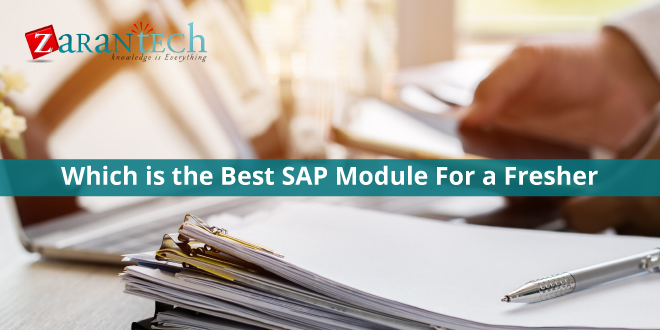

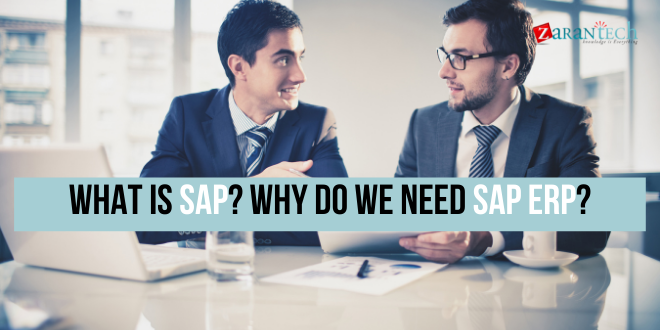
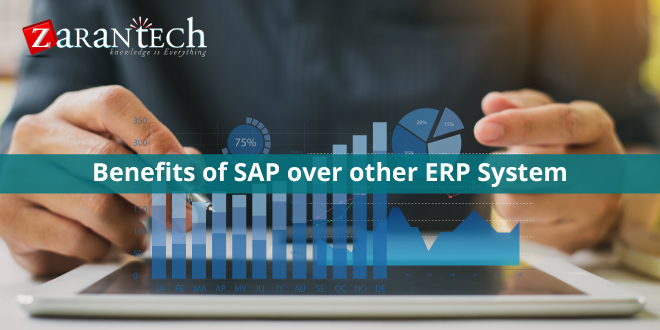

 99999999 (Toll Free)
99999999 (Toll Free)  +91 9999999
+91 9999999